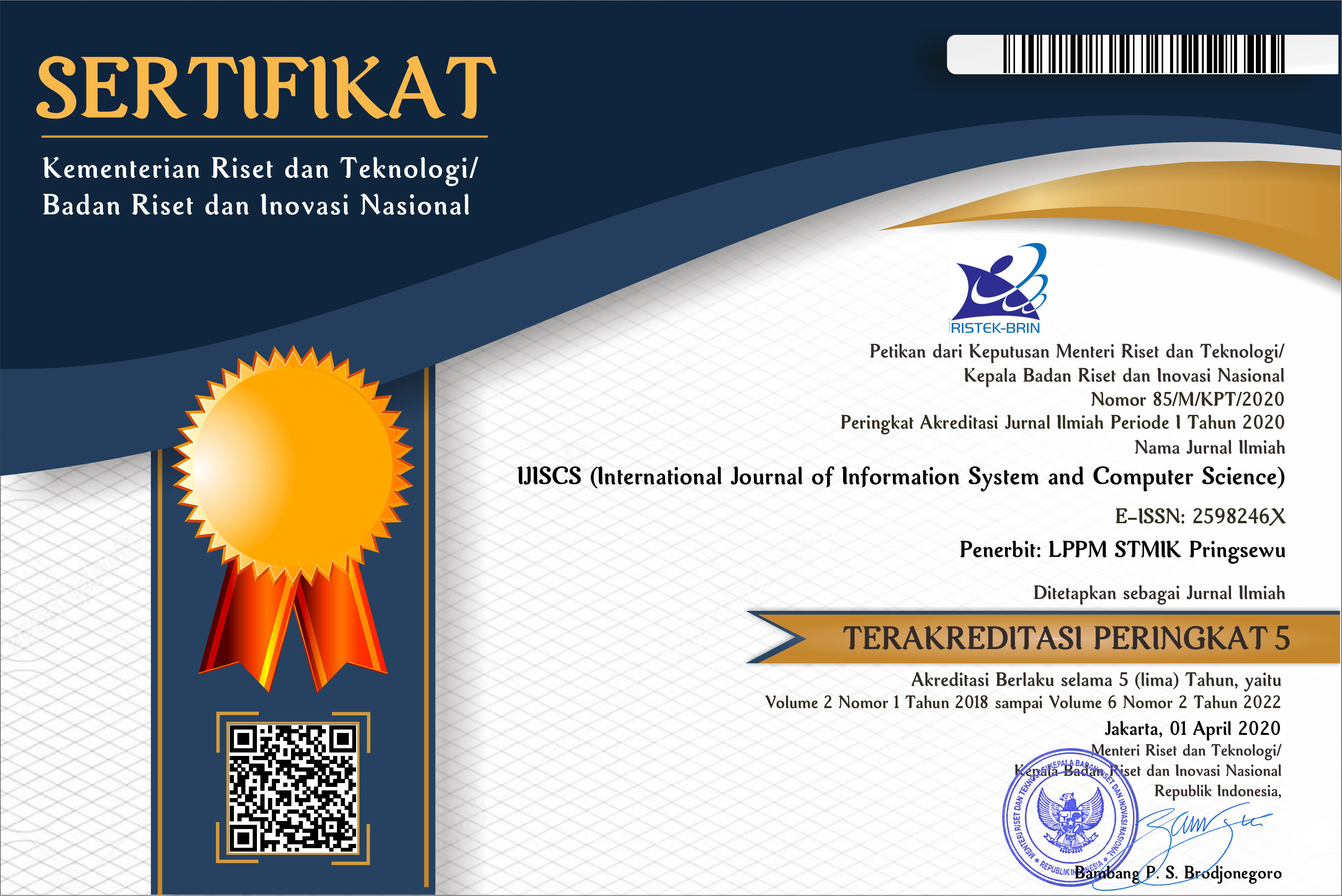THE DESIGN OF THE BUILDING RENTAL INFORMATION SYSTEM USES THE PROTOTYPE METHOD
(1) Department of Information System, Widyatama University, Bandung City, West Java
(2) Department of Information System, Widyatama University, Bandung City, West Java
 Corresponding Author
Corresponding Author
Abstract
Currently, most of the building leasing is done manually; that is, the activities from ordering to leasing must be done at the office where the building is leased. In the ordering process, the clerk records all the ordering data in the book. The problem that often occurs is that office staff need time to view customer data and see the building schedule used. The second problem occurs to consumers. Consumers have to come to the office to see the building and place an order, so it takes a long time; with this problem, a building rental information system is needed to make it easier for the community. The method used in designing this information system uses the prototype method and software testing using a black box with the help of maze design for testing correspondents; with the design of this building, the rental information system can run effectively and efficiently and help people find and rent buildings. The result of this research is that the building rental information system design can be designed with a prototype method supported by creating a user interface from the proposed application.
Keywords
References
D. J. Hutahaean, N. H. Wardani, and W. Purnomo, “Pengembangan Sistem Informasi Penyewaan Gedung Berbasis Web dengan Metode Rational Unified Process (RUP) (Studi Kasus: Wisma Rata Medan),” J. Pengemb. Teknol. Inf. dan Ilmu Komputer., vol. 3, no. Vol. 3, No. 6, Juni, pp. 5789–5798, 2019.
R. Wulandari, R. Setiawan, and A. Mulyani, “Perancangan Sistem Informasi Manajemen Wedding Organizer Online Menggunakan Scrum,” J. Algorithm., vol. 16, no. 2, pp. 139–150, 2020, doi: 10.33364/algoritma/v.16-2.139.
Karlina, “Rancang Bangun Sistem Pengadaan Jasa Wedding,” J. Ris. dan Apl. Mhs. Inform., vol. 01, no. 02, pp. 253–258, 2020.
H. Lusti and F. Masya, “Analisa Perancangan Sistem Informasi Pemesanan Pada Wedding Organizer Berbasis Web,” CESS (Journal Comput. Eng. Syst. Sci., vol. 5, no. 1, p. 162, 2020, doi: 10.24114/cess.v5i1.15610.
F. Wiharni, Y. A. Prasetyo, and T. N. Adi, “Pengembangan Modul Lelang Pada Siapsiapnikah.Com Menggunakan Metode Extreme Programming Dan Konsep Crowdsourcing,” J. Rekayasa Sistem. Ind., vol. 3, no. 03, p. 9, 2016, doi: 10.25124/jrsi.v3i03.16.
D. A. E. Yuliani and S. Kosasy, “Sistem Pendukung Keputusan Pemilihan Wedding Organizer Menggunakan Metode WASPAS,” vol. 3, no. 2, pp. 416–420, 2018.
J. Sofian and H. H. Solihin, “Pembangunan Aplikasi M-Wedding Sebagai Solusi Usaha Wedding Organizer,” J. Teknol. dan Inf., vol. 8, no. 2, 2018, doi: 10.34010/jati.v8i2.1038.
J. M. C. Bastien, “Usability testing: a review of some methodological and technical aspects of the method,” Int. J. Med. Inform., vol. 79, no. 4, 2010, doi: 10.1016/j.ijmedinf.2008.12.004.
R. S. Weinberg, “Prototyping and the Systems Development Life Cycle,” J. Inf. Syst. Manag., vol. 8, no. 2, pp. 47–53, Jan. 1991, doi: 10.1080/07399019108964983.
W. Nugraha and M. Syarif, “Penerapan Metode Prototype Dalam Perancangan Sistem Informasi Penghitungan Volume Dan Cost Penjualan Minuman Berbasis Website,” JUSIM (Jurnal Sist. Inf. Musirawas), vol. 3, no. 2, pp. 94–101, 2018, doi: 10.32767/jusim.v3i2.331.
N. Hasti, S. Mulyani, Wahyuni, I. Gustiana, and L. Y. Hastini, “Information System of Web-Based Wedding Organizer,” IOP Conf. Ser. Mater. Sci. Eng., vol. 407, no. 1, 2018, doi: 10.1088/1757-899X/407/1/012137.
Article Metrics
Abstract View : 289 times
: 289 times Download : 117 times
Download : 117 times
DOI: 10.56327/ijiscs.v5i2.1022
Refbacks
- There are currently no refbacks.






